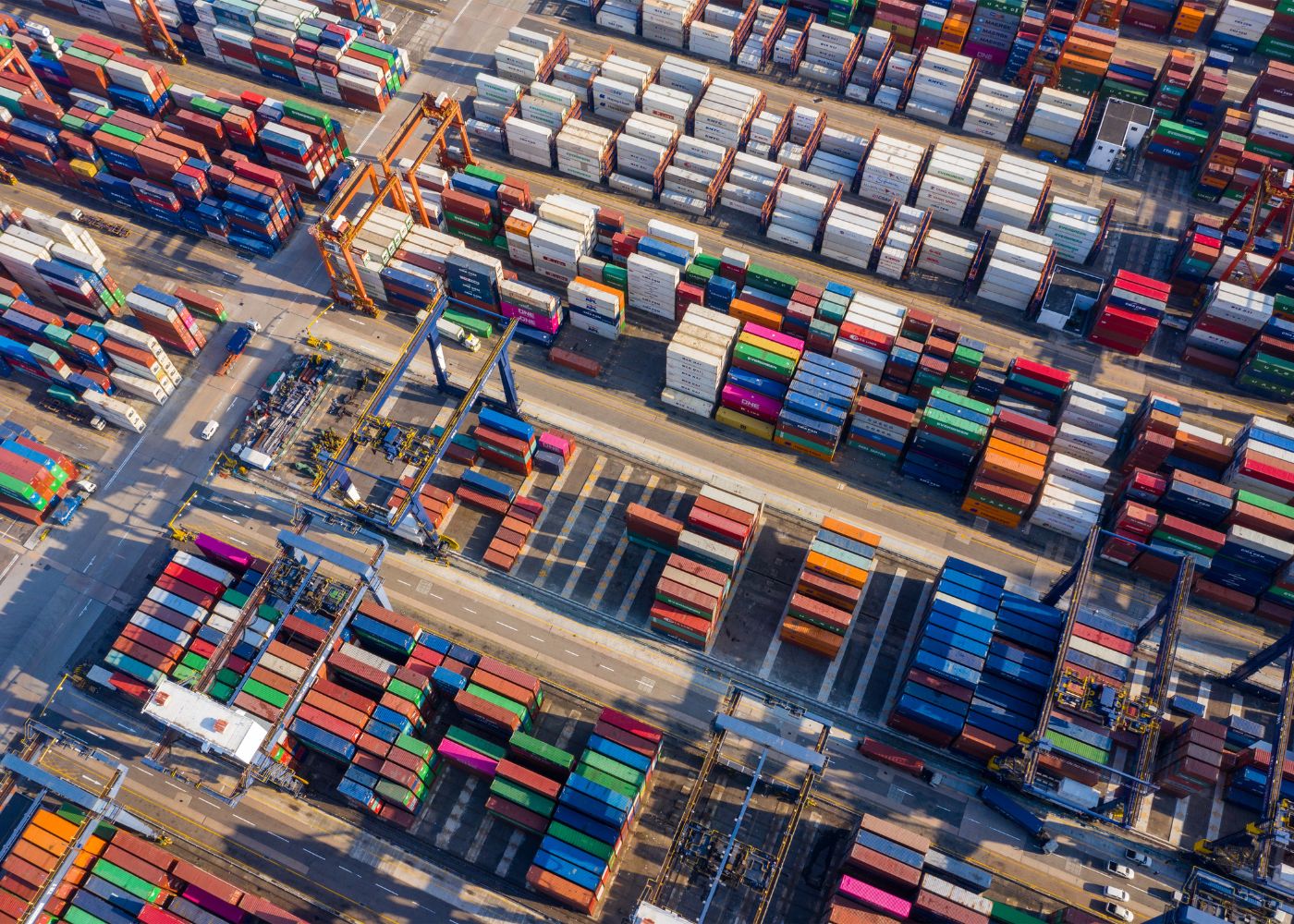Understanding supply chain issues is essential to maximizing company performance and customer satisfaction. From the sourcing of raw materials to the delivery of the product to the end consumer, the proper management of logistics flows is vital to a brand's reputation. What is the supply chain? How does this logistics process work?
What is the supply chain?
Supply chain is the entire process of producing and delivering a product, from production to the end consumer. It covers the entire process of producing and delivering a product, from production to the end consumer. It encompasses all the operations involved in the life cycle of a product: sourcing, manufacturing and distribution.
Coordination between the links in the chain must be fluid, to avoid any loss of efficiency. Globalization has made certain phases of the process more time-consuming because of the distances involved.
Greater competition has also emerged from rising demand and consumer expectations. The challenge for the supply chain is to strike a balance between logistical constraints and customer satisfaction.
What's the difference between supply chain and logistics?
Logistics is the process of optimizing flows within a company and to its customers. It involves the internal management of material, financial and human resources.
The scope of the supply chain is more global. It encompasses the concept of logistics, as well as all the elements involved in delivering a product or service to the end customer. It covers sourcing, production, transport, storage and distribution.
What is the objective of the supply chain?
The purpose of the supply chain is to provide the essential elements needed to make the product, while maintaining control over the price. The initial choice of product requires detailed planning and a coherent sales strategy. When sourcing raw materials, origin, quality and quantity are all important factors.
Manufacturing, transport and distribution must strike a balance between cost, production quality and lead times. Efficiency is a key factor in the supply chain's ability to optimize the management of logistics flows. The chain must be flexible enough to adapt to market fluctuations. The exchange of information must be continuous, with transparency throughout the entire process.
Also read: 6 trends in road freight transport in 2024.
What are the supply chain functions? 5 key steps
Every market has its own rules. They depend on the needs of the consumer, the type of product and the space-time context. Technical, financial and operational constraints shape the supply chain. Although it depends on the specific nature of the merchandise, the supply chain is based on 5 key functions. These steps must be adapted to the logistical needs of the various components in the chain.
1. Sourcing raw materials
Sourcing corresponds to procurement. This function encompasses all the activities required to obtain the raw materials and by-products essential to the manufacture of the products to be sold. It involves effective planning and coordination to ensure that materials are available in the right quantities at the right time.
2. The production or manufacturing function
This stage of the supply chain concerns the creation and manufacture of products. It involves the transformation of raw materials into finished products on a large scale. Optimizing manufacturing processes is essential to ensure efficient, standardized production. Compliance with health and safety regulations is fundamental. It ends with packaging.
3. Storage and handling phase
The warehousing function is a central stage in the logistics process. Goods arrive at warehouses or distribution centers. They are handled and stored on shelves. Efficient inventory management takes into account fluctuations in demand and costs, while avoiding stock-outs.
4. The distribution and delivery function
This phase manages the flow of products from the warehouse or distribution center to final delivery to the customer. The aim is to ensure that products arrive in good condition and on time.
5. Reverse logistics
Often overlooked, reverse logistics handles the return of products from the customer to the company. This may be due to a delivery error or dissatisfaction. This function also encompasses the recycling and management of end-of-life products. It is becoming increasingly important in view of companies' environmental impact. It is a fundamental element of a green supply chain.
What are the different types of logistics flows?
The supply chain includes 3 types of logistics flows. They regulate its supply model. Their challenge is to contribute to the balance of the supply chain's management stages, while maintaining an acceptable cost.
1. Information flows
Through its logistics activities, the company records a database linked to customers and suppliers. It also records sales and other information relating to product types, service providers and administration.
Each interaction is listed with the origin and amount of associated expenditure. The objective? Establish winning strategies and make informed decisions. The aim is also to secure product manufacturing processes. To optimize the management of information flows, logisticians call on specific software and other automation solutions.
2. Physical flows
The physical flow is linked to the movement of products and goods, as well as their storage. The production site supplies the required items, which are then sent to warehouses, then to stores, and finally to customers. The aim of physical flow management is to get quality products to the right place on time.
3. Financial flows
Financial flows correspond to the movement of money between partners, suppliers and subcontractors. They also correspond to internal financial operations within the company. It is an essential component of procurement strategy. In large companies, this flow may involve several currencies, making payment management crucial to the success or failure of operations.
What are the constraints of the supply chain? 5 main limits
Supply chain constraints can vary according to different factors, but some are commonplace. Here are the 5 essential supply chain obstacles.
1. Demand volatility
Unpredictable fluctuations in consumer demand can pose challenges for production and distribution planning.
2. Delivery times
Tight deadlines imposed by customers or business partners may require rapid adjustments in the supply chain. The company needs to be reactive.
3. Inventory management
Striking a balance between maintaining adequate inventory levels to meet demand while avoiding costly surpluses is a constant supply chain constraint.
4. Financial constraints
The pressure to reduce costs while maintaining quality and reliability can be difficult to manage, especially when it comes to investing in technology or supply chain infrastructure.
5. Logistical complexity
Managing operations across different suppliers, production sites and distribution channels can add a layer of complexity to the supply chain. This requires effective coordination and increased visibility of the entire process.
Future prospects for the supply chain
With the development of computer software, the analysis of supply chain procedures promises to bring supply chain constraints under better control. Data is increasingly stored and used in real time. This saves a great deal of time.
Companies are turning to artificial intelligence and machine learning to improve their production potential and cut costs. As a result, the supply chain is a sector strongly affected by technological advances. These enable it to discover new perspectives at every stage.
D&figroupe maintains a strategic watch and is constantly expanding its logistics network. Our aim is to help you optimize your supply chain. Customer satisfaction is our ultimate goal!
Sources :





0 comments